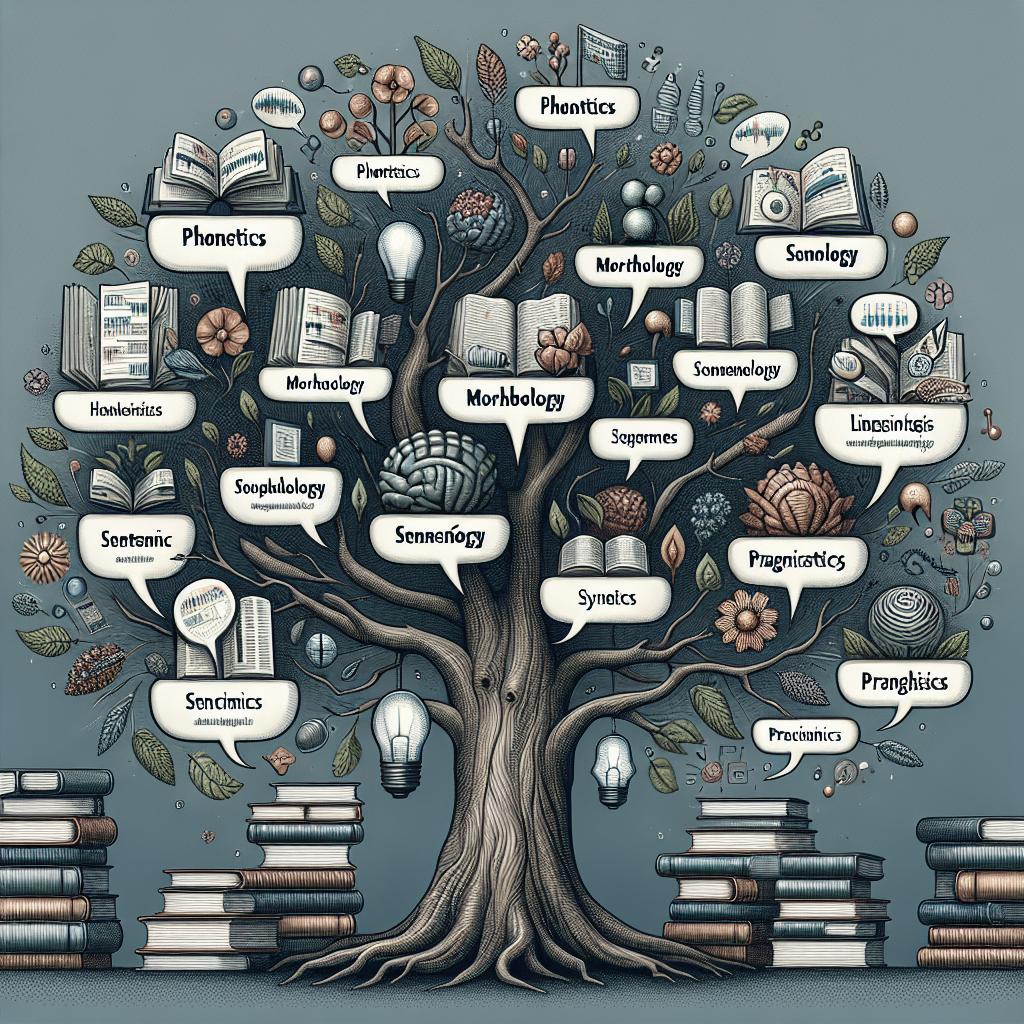<>
Language is a living entity, constantly evolving and adapting to the needs and influences of its speakers. Studying language variation and change helps linguists understand how social, historical, and cultural contexts shape language. Whether it’s the emergence of new slang, the decline of dialects, or shifts in grammar and phonetics, the study involves a range of methods and theories. This article delves into the pertinent steps and strategies for examining these changes, from data collection techniques to analyzing social factors. It will offer insights into linguistic tools, interdisciplinary approaches, and potential ethical considerations. By understanding the dynamics of language evolution, scholars can contribute valuable knowledge to the linguistic community and beyond. « `
Rate this article
1
Understanding the foundational concepts of language variation and change is essential to any linguistic study. Language variation refers to differences in speech or writing within a language based on region, social class, or other factors. Language change, on the other hand, examines how languages transform over time. Studies typically begin with the identification of these variations as they appear within a particular speech community. Prior to data collection, it’s crucial to define the linguistic variables you wish to study. These could be phonetic (sounds), morphological (word forms), syntactic (sentence structure), or lexical (vocabulary) variations. Once you’ve identified these variables, the next step is to determine how these variations manifest within different sociolects (social dialects), idiolects (individual speech patterns), or register (levels of formality).
2
Selecting your field site and population is a critical step in studying language variation. Fieldwork often requires immersing yourself within a community to collect authentic language data. Urban areas, rural communities, and cultural enclaves can provide rich data sets due to their diverse linguistic landscapes. The key is to have a representative sample that covers different ages, genders, social classes, and ethnic backgrounds. Once your site and population are selected, employ various methods to collect data. Techniques like participant observation, sociolinguistic interviews, and surveys can be invaluable. Technological tools like voice recorders and transcription software facilitate accurate data collection. Ensure you have the necessary ethical clearances and consent forms, which are paramount for conducting legitimate and respectful research.
3
Analyzing collected data is one of the most crucial phases in studying language variation and change. The initial step is transcription, converting spoken language data into written form. This step requires meticulous attention to detail as any errors can affect the validity of your study. Specialized software like ELAN or Praat can assist in this process, providing tools for phonetic analysis and time-aligned transcription. Statistical analysis follows transcription. Tools like R or SPSS can be used to identify patterns and correlations in the data. For instance, you might discover that certain sounds are more prevalent in specific social classes or age groups. Data visualization methods such as charts and graphs can help in presenting these findings clearly. Understanding these patterns can offer significant insights into the social factors driving language changes.
4
Sociolects and social networks play a pivotal role in language variation and change. The speech patterns of a community often reflect its social structures and interactions. Factors like socioeconomic status, ethnicity, gender, and age can influence how language evolves within a group. Exploring these variables helps in understanding the broader social dynamics that influence language change. Social network theory is another useful framework. It posits that tightly-knit communities tend to resist linguistic change, maintaining traditional speech forms. Conversely, loosely-knit networks often exhibit greater linguistic innovation. By mapping out these social networks and analyzing their impact on language use, researchers can gain a nuanced understanding of the mechanics behind language variation.
5
Technological advancements have revolutionized linguistic studies, providing new methods for analyzing language variation and change. Software tools such as Python libraries and computational models enable large-scale data analysis, which was previously unimaginable. Machine learning algorithms can identify patterns and predict linguistic trends, making it easier to understand complex variations. Online corpora and databases also serve as valuable resources. Platforms like the Corpus of Contemporary American English (COCA) offer extensive databases for linguistic research. These tools allow for the analysis of language use across different contexts and time periods, offering comprehensive insights that would be challenging to achieve through traditional fieldwork alone.
6
Interdisciplinary approaches can enrich the study of language variation and change. Combining insights from anthropology, sociology, and psychology can provide a holistic view of linguistic phenomena. For example, understanding the historical context and cultural practices of a community can illuminate why certain linguistic features persist or disappear. The field of sociophonetics, which merges sociolinguistics and phonetics, examines how social factors influence the way sounds are produced and perceived. Psycholinguistics, on the other hand, explores the cognitive processes behind language use and acquisition. By integrating these perspectives, researchers can gain a more comprehensive understanding of linguistic variation and change.
7
Ethical considerations are of utmost importance when conducting language research. Researchers must obtain informed consent from participants, ensuring they are aware of the study’s purpose and how their data will be used. Anonymity and confidentiality should be maintained to protect participants’ privacy. Sensitivity to cultural norms and practices is also crucial. Researchers should approach communities with respect and awareness, avoiding any actions that could be perceived as intrusive or disrespectful. Ensuring ethical standards not only protects participants but also enhances the credibility and reliability of the research.
Thanks for your feedback
Your input is valuable as it helps us improve the quality of our articles.
Tell us more
We’d love to hear more about what you found helpful or what areas you think we could improve. Leave your comments below.
More articles on Linguistics
Explore our collection of articles covering various aspects of linguistics, from phonetics and syntax to sociolinguistics and psycholinguistics. Stay updated with the latest research and insights in the field.
Are you sure you want to delete your contribution?
Deciding to delete your input? Confirm your decision before you proceed. Your contributions are valuable and help us grow our knowledge base.
Are you sure you want to delete your reply?
Before you delete your reply, please confirm your choice. Your feedback and interactions enhance the community’s engagement.
Future prospects
Exploring the future of language variation and change is an exciting endeavor. With continuous advancements in technology and interdisciplinary methods, our understanding of linguistic phenomena is set to expand. Here’s a summary of key concepts discussed: « `
| Aspect | Key Points |
|---|---|
| Foundational concepts | Identifying linguistic variables, sociolects, idiolects, and registers |
| Fieldwork | Site selection, participant observation, interviews, ethical considerations |
| Data Analysis | Transcription, statistical analysis, data visualization |
| Social Factors | Socioeconomic status, ethnicity, gender, age, social network theory |
| Technological Tools | Software, computational models, online corpora |
| Interdisciplinary Approaches | Anthropology, sociology, psycholinguistics, sociophonetics |
| Ethical Considerations | Informed consent, anonymity, cultural sensitivity |
« `


